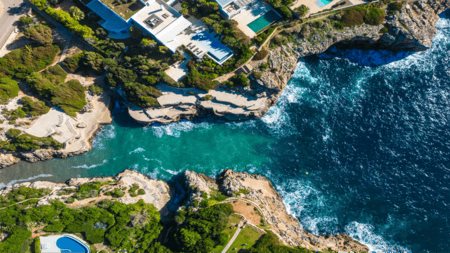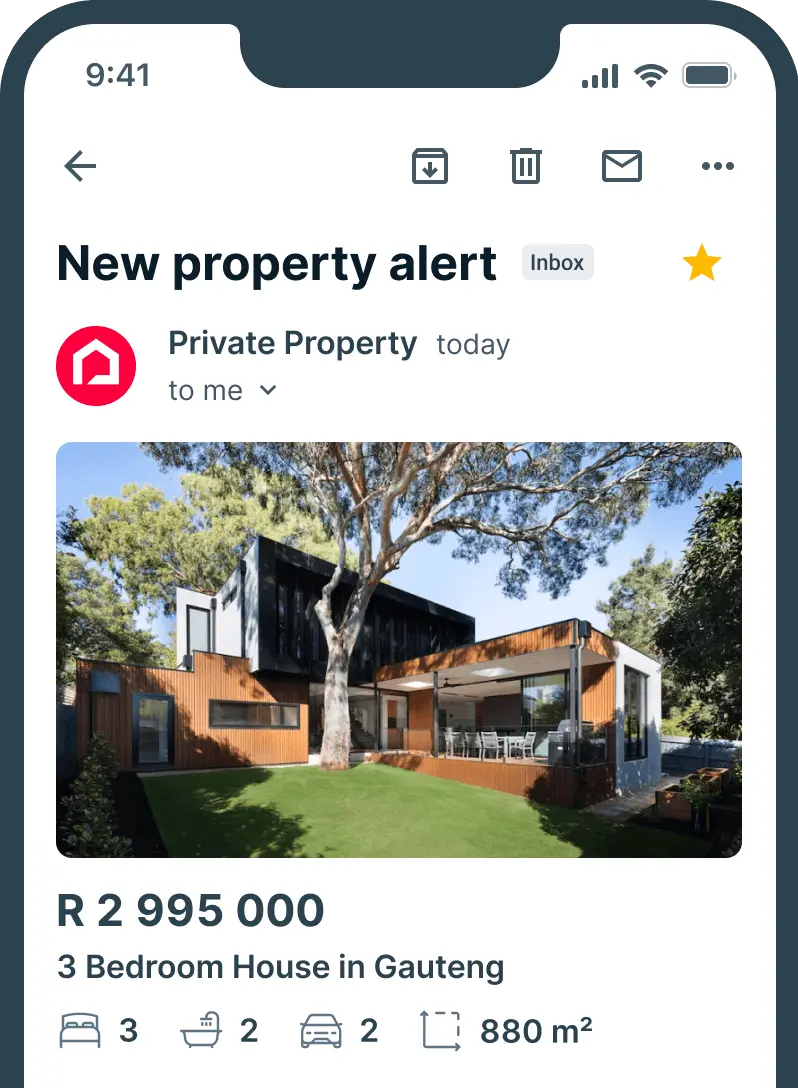Last week we featured a brief guide to pool installations and looked at the ins and outs of pool types. But what happens once you’ve installed your pool? How do you ensure your sparkling pool doesn’t become a swamp? What do you need to do to ensure that pool water doesn’t burn your eyes? Here a few solutions to some common problems.
Dirt and debris
Leaves, dust and bugs are the most common types of pollutants. An automatic pool cleaner and filter may do much of the work, but cleaners can’t get into corners and often battle on stairs while filters may not trap all debris. Use a brush for hard to reach spots. A filter should run for six hours a day to circulate chemicals and prevent the growth and spreading of organisms that favour stagnant water.
Algae
Though there are over 20 000 species of algae, only few are found in swimming pools. Though algae itself is harmless, it provides nutrients for bacteria that may cause illness. It turns pools water cloudy or green. Blue and green algae are simpler to control whereas black algae can stain pool walls and floors. Prevention works best: ensure your pool has adequate levels of free chlorine (explained below). An algaecide or shock treatment (adding large amounts of an oxidiser such as chlorine, hydrogen peroxide or potassium peroxymonosulfate the water to destroy contaminants) will work.
Chlorine Smell
The irony of a pool that reeks of chlorine is that it has too little rather than too much chlorine. Chlorine reacts with nitrogen-containing compounds (eg. sweat from swimmers) to form pungent chloramines. This will happen in a pool when there is not enough free chlorine (the amount of chlorine in the pool that can sanitise or disinfect the water). A testing kit will be able to tell you how much free, combined (compound that forms when there is not enough free chlorine) and total chlorine you have. When testing water, take a sample 30 centimetres below the pool surface and as far away from the walls as possible. The result of the test will indicate how much chlorine you should add to sanitise water (in other words, increase your levels of free chlorine).
Burning eyes and nose
This is usually caused by one of the following:
• High or low pH: pH is a measure of the acid/alkaline balance in a pool with 7 being neutral; lower than 7 being too acidic and higher than 7 being too alkaline. Other signs of incorrect pH levels include fading swimwear and itchy or irritated skin.
• Calcium hardness level: calcium hardness refers to the calcium content of water. High levels will cause scale formation, block the pool’s filter and reduce water flow.
Once again, regular testing will prevent these problems. pH and chlorine levels need weekly monitoring whereas calcium hardness can be checked monthly.
Stains
If your pool has dark stains it is more than likely due to metals in the water. Iron, Magananese or Copper tend to be at the root of most stains, with Copper causing blue stains, Manganese responsible for black/brown markings and Iron leading to brown/green stains. The solution is to use Metal Remover regularly when topping up your pool or to apply a natural ascorbic acid (Vitamin C) based product to the affected area.
For a handy list of common problems and solutions visit http://www.poolexpress.com.au/blog/easy-follow-pool-cleaning-tips/ and http://www.lawnpro.co.za/swimming-pool-maintenance-tips.aspx.



